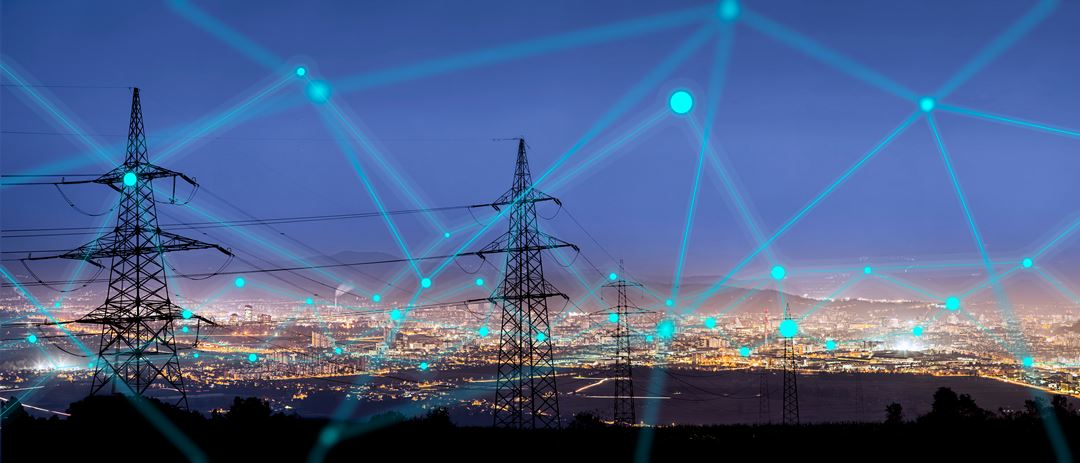The Goal
To develop high-fidelity power grid models and data sharing mechanisms to fuel stochastic optimization and machine learning (ML) routines that are scalable to a large number of inverter-based distributed energy resource (DER) and variable renewable energy (VRE) sources.
The Theory
With the integration of new inverter-based VREs, storage, and DER resources and blurring the line between transmission and distribution grids, models underlying decision support for a 100% renewable grid power grid (T100RE) become more complex and computationally demanding. The first step will be to extend status quo computing tools to a multi-stage, stochastic optimization and control formulation for energy management across multiple time scales with a detailed representation of the distribution grids. Cutting-edge stochastic optimization and ML are capable of producing optimal or near-optimal solutions for large-scale, network-constrained scheduling and market-clearing problems. These methods also leverage massive amounts of historical data that can be complemented with data augmentation processes to capture the full range of operating conditions, including extreme weather events. Despite availability of stochastic optimization, ML, and data processing methods, their adoption has been hindered by a lack of trust in their explain-ability, preparedness and reproducibility among stakeholders, especially when the power grid is stressed.
